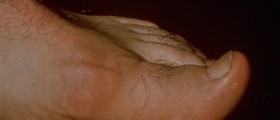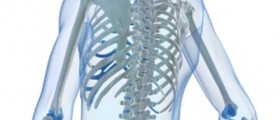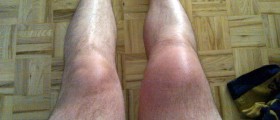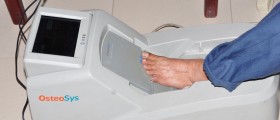
Calcium deposits in the human body are a fairly common occurrence, and of the most common types of calcium deposits are the one located in the shoulder. These deposits of calcium are commonly not associated with any particular problems, but if they get inflamed and grow bigger they may lead to the occurrence of severe painful sensations.
Connection Between Shoulder Deposit and Diet
In most cases, calcium deposits in the shoulder occur for no particular cause, so it is very hard to determine the triggering factor. There is a popular belief that calcium deposits in the shoulder are actually derived from the diet which includes excessive amounts of calcium and that they can be reduced simply by reducing the amount of calcium ingested through the diet. A normal, balanced intake of calcium should be up to 1000 milligrams per day for an adult person, so it could be rather dangerous to start ingesting severely low amounts of calcium. Calcium deposits in the shoulder usually occur in women much more than they occur in men, and they usually affect person who are between 35 and 65 years old.
Problems and Treatment Options
In most cases, calcium deposits in the shoulder are present without causing any painful sensations or other types of symptoms. When they get enlarged, they often get pinched between certain bones in the shoulder, especially during the elevations, and then they trigger painful sensations. If a person suffers from smaller calcium deposits, they too can become painful if they get inflamed and swollen. This often occurs when the salts leak from the deposits onto the bursal tissues of the lining of the joints which is very sensitive. Some cases of calcium deposits in the shoulder may be associated with erosions which may be held responsible for destroying portions of the rotator cuff tendon. The early phases of formation involve deposits which are soft and almost like toothpaste but in time they gradually turn to chalk like matter and in some cases they may even turn to bone. Inflammatory conditions are usually treated with plenty of rest, application of ice packs to the affected areas and oral intake of anti inflammatory medications. In some cases, cortisone injections are used directly at the areas of the actual calcium deposits. In some cases, the calcium deposits in the shoulder need to be removed, and for that the doctors usually utilize a surgical intervention called arthroscopic surgery. The operation is done under general anesthesia.

















Your thoughts on this
Loading...